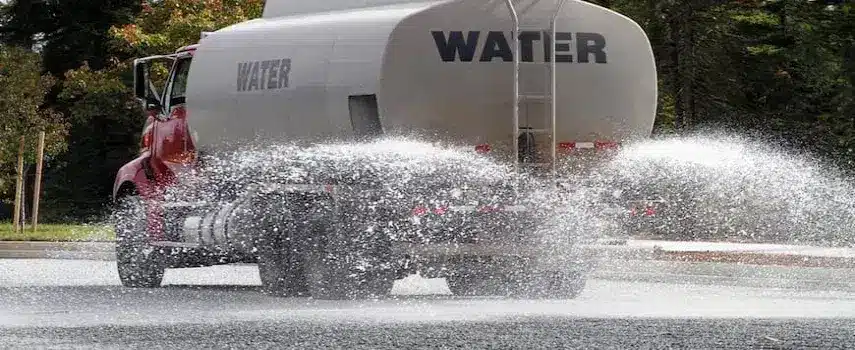Construction truck accidents rank among the most dangerous types of auto collisions in the United States. Around 500 workers die in construction zones each year, and another 5,000 lives are lost in tractor-trailer accidents across the country. The combination of these two factors creates significant risks for anyone working with trucks and in construction-related labor. Injuries—both short-term and long-term—are also commonplace and often go unreported by employees, largely due to fear of job loss and uncertainty about whether a construction or truck accident lawsuit is worth pursuing. Nevertheless, there are a few leading factors that explain why the process of a construction truck accident case can take longer than others.
Size and Weight of Construction Trucks
Construction trucks, including garbage trucks, cement mixers, and flatbeds, are significantly larger and heavier than regular vehicles. A loaded dump truck, for example, can weigh over 30 tons, which is nearly 20 times the weight of an average car. This massive size means that construction trucks take longer to stop, have a wider turning radius, and can cause catastrophic damage in a collision.
Constant Operation in High-Risk Zones
Construction trucks often operate in congested or high-traffic areas such as city construction zones, traffic-heavy highways, and residential neighborhoods. These environments increase the risk of accidents, especially if other drivers are unaware of the truck’s limited maneuverability or the construction site’s altered traffic patterns. Moreover, construction zones are often chaotic, with changing lane configurations, reduced speed limits, and multiple vehicles and pedestrians in close quarters.
Blind Spots and Limited Visibility
The large structure of construction trucks creates significant blind spots on all sides, limiting the driver’s visibility. This is a major concern, as other drivers may assume the truck driver can see them when, in fact, they cannot. Merging or turning in these trucks, particularly in tight spaces, becomes extremely dangerous. These blind spots increase the chances of side-impact or rear-end collisions.
Cargo-Related Hazards
Construction trucks carry heavy, and sometimes unsecured, materials such as gravel, dirt, pipes, and steel beams. A sudden stop or impact can shift or spill this cargo, posing a direct threat to nearby vehicles and passengers. Unsecured loads are particularly dangerous, as debris can fly off the truck, creating additional hazards for other motorists.
Long Hours and Driver Fatigue
Construction truck drivers often work long hours under tight deadlines, which can lead to fatigue and reduced focus on the road. Driver fatigue significantly slows reaction times and increases the likelihood of accidents.
Rollover Accidents
Due to their high center of gravity, construction trucks are more likely to experience rollovers than smaller vehicles. This is especially true for dump trucks and cement mixers, which are often loaded unevenly. Rollovers can cause pile-up accidents and lead to severe injuries or fatalities for both the truck driver and others nearby.
A Call for Greater Safety in Construction Trucking
The combination of these factors makes construction truck accidents especially dangerous on U.S. roads, particularly in urban zones like New York City. Reducing these risks requires adherence to safety regulations, public awareness about sharing the road safely with construction trucks, and stricter oversight of construction site traffic management.
How a Lawyer Can Help After a Construction
Truck Accident
The process of a construction truck accident case and the liability involved can be complex. A construction attorney’s legal assistance is crucial to filing a claim and obtaining the compensation a victim deserves. An attorney from The Platta Law Firm can investigate the accident, reconstruct the crash, and retrieve video footage from surveillance cameras and local businesses.
Give yourself time to heal from this traumatic event, and let a legal professional handle the heavy lifting. Remember, a truck accident lawyer offers a free case review and only gets paid when you win your case. Contact us to find out how.




